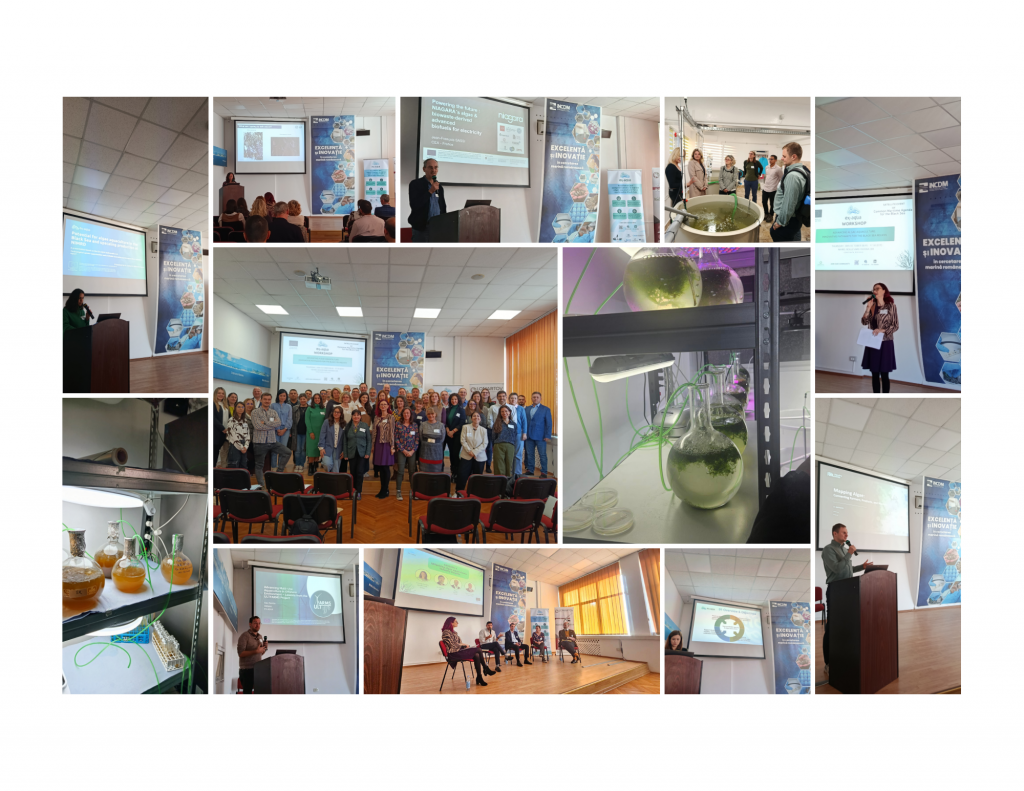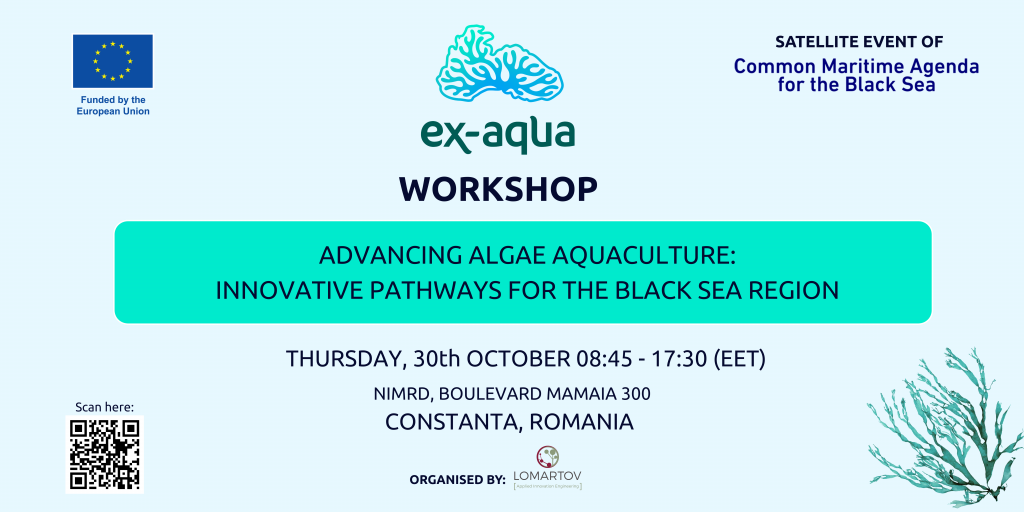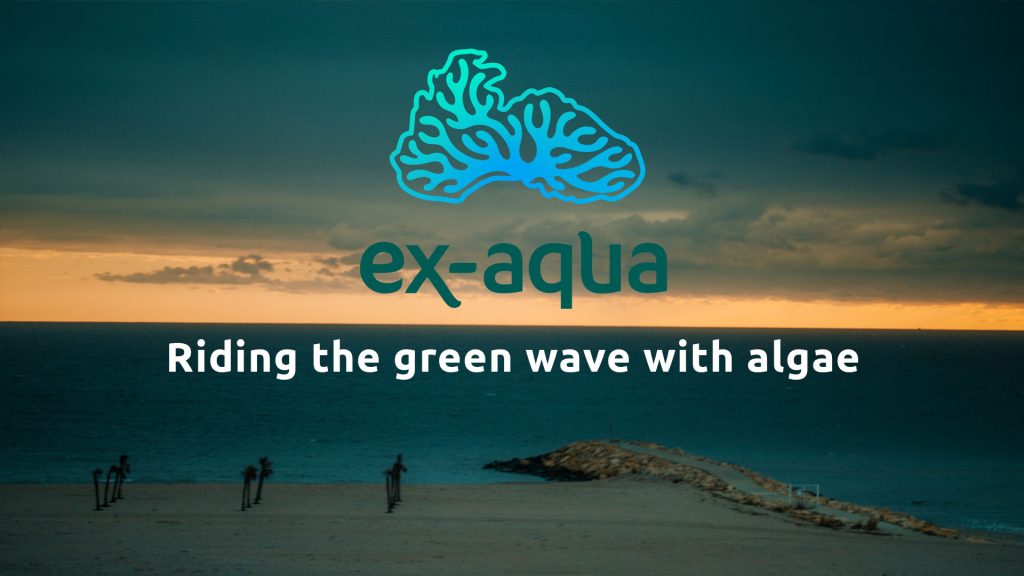Welcome to our Q&A series, where our expert team answers essential questions about EX-AQUA’s pivotal role in enhancing regional and scientific impact. Discover how the project advances excellence and competitiveness in marine algae aquaculture, supporting a sustainable Black Sea, bridging regional disparities, and contributing to the Blue Economy and the objectives of the European Green Deal.
Today, we speak with Stephan Ende, senior scientist from the Alfred Wegener Institute (AWI).
How do you think EX-AQUA could serve as a model for sustainable aquaculture practices within the EU?
“In the field of microalgae cultivation technology information on latest achievements on increasing sustainability by utilizing waste stream nutrients has either not been made or has not been made public. This is however one of the bottlenecks for the industry in the EU and transparency and joint efforts should be practiced to advance the European microalgae production in terms of economic competitiveness towards cheaper imports. The EX-AQUA model allows exactly this fast knowledge transfer in this specific case from countries that may have a longer history of microalgae research with focus on sustainability to countries that have recently started entering microalgae research and commercial production.”
What are the challenges and benefits of cooperation in EX-AQUA, especially between organizations from different regions?
“One challenge is the lack of infrastructure for microalgae cultivation in Constanca. Waste streams with moderate to almost no pre-treatment requirement has the advantage of saving large costs of pre-treatment such as filtration. However, in the case of cow urine however it needs some investment from the cattle/dairy farmer to convert their stable and separate cow urine from faecal waste (unit costs are about 25k per 20-25 cow). The potential to produce a sustainable and cost-effective phosphor media from cow urine in Rumania is surely there, considering that the dairy market alone produces dairy worth 1,25 bn. € in Rumania in 2024.”
How does the EX-AQUA project align with the European Union’s goals for sustainability and the Blue Economy?
“The approach of nutrient recycling from agri-wastes and application for sustainable production of algal biomass simultaneously aiming at reducing production costs aligns with the following SDGs:
SDG 6: Clean water and sanitation
- Separating urine and faecal waste to produce struvite from cow urine has the potential to reduce emissions in the dairy production of about 50% of CO2 and 70% of methane as bacterial degradation from manure only takes place when urine and faecal waste are in contact.
SDG 9: Industry Innovation and Infrastructure
- The application of struvite in plant production can still be considered and innovative approach. The EU has only recently finalized the directive to allow certification and use of struvite as ‘eco’. Which open a new window for sustainable farming including microalgae.
SDG 12/13: Responsible consumption and production
- Responsible production of microalgae for any kind of application from cosmetics to even biofuels starts with the use of sustainable nutrient resources. Using phosphorus from cow urine reduces the amount of mineral based phosphorus, and consequently the emissions associated to phosphorus mining to zero.”
From AWI’s perspective, what is the most significant aspect of the EX-AQUA project?
“As an institute that is mostly focussed on climate research and observing chances associated with climate change it recognizes the responsibility to take measures against climate change. This starts from electrifying and converting the entire research fleet (research vessels, cars, aircrafts, etc…) to carbon neutral fuels. The technology transfer from AWI to NIMRD intends to begin a more sustainable microalgae industry in Rumania potentially even contributing to reducing emission in Rumanian animal production in the longer run. This circular bioeconomic approach is declared in the Helmholtz Topic 7: Sustainable bioeconomy. How can we develop a bioeconomy that fulfils human needs without overexploiting natural resources?”
Stay tuned as we continue exploring the groundbreaking work of the EX-AQUA project in upcoming articles. For the latest updates and insights, follow us on LinkedIn, visit our website, and subscribe to our newsletter to keep up with our journey advancing marine algae aquaculture in the Black Sea region.






